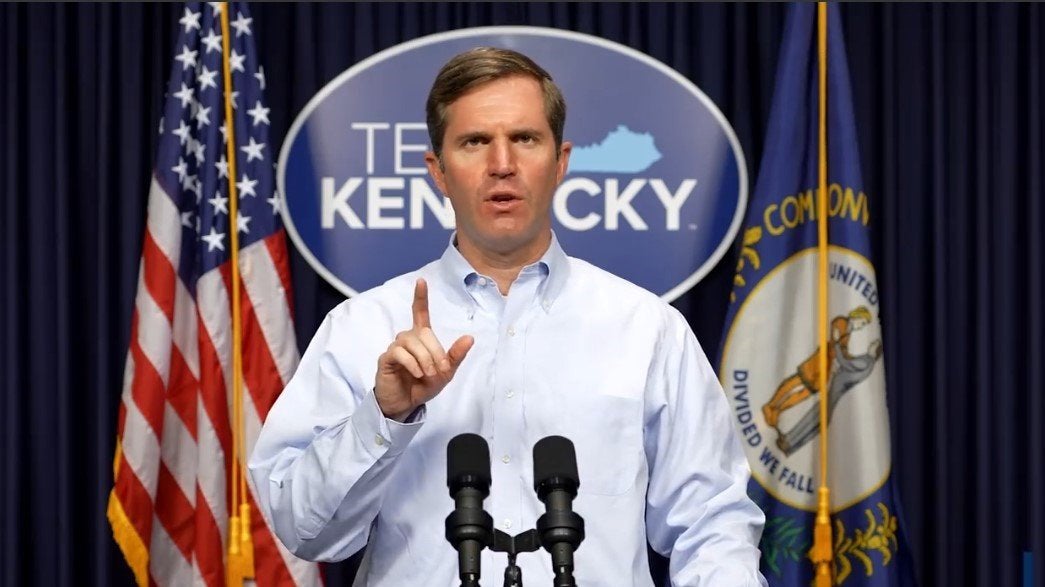Going Green: Plastic bans can be good if we do them right
Published 7:42 am Monday, July 16, 2018
Momentum is finally building all over the place for getting rid of plastic straws.
There have been efforts for years to educate people around the world about the unnecessary waste created by plastic straws, and this year it seems like those efforts are finally taking hold. Plans to ban plastic straws are ongoing in a lot of big cities, including Washington, D.C., and Seattle has already banned them as of this month.
But solving environmental problems is always more difficult than creating them, and the movement away from plastic straws is no exception. Whenever you try to correct human-caused damage to the planet, you always run a risk of accidentally creating more damage instead if you’re not careful.
With all the momentum to get rid of plastic straws, businesses are being incentivized to follow public opinion and make changes. Starbucks has made a plan to eliminate plastic straws by 2020. Instead of swapping plastic straws for paper ones, the international coffee house chain is giving customers one-piece lids that you drink through kind of like a little kid’s sippy cup.
The new lids are recyclable, which is better than if they just had to be trashed. But as a recent story from Reason Magazine pointed out, it may actually take more plastic to make the lids than it took to make the old lids and the straws.
The recyclability is a positive change because plastic straws are not recyclable. But the end result of Starbucks’ change may not be very significant.
This shows how tough it can be to make a good change, even when your heart is in the right place.
If we really want to buy in to the trend of banning plastic straws in ways that maximize the good impacts, I think there are a few ways to do it.
First, more people need to use reusable cups and straws. But we don’t need to pile up endless numbers of reusable cups, because each one of them requires hundreds of times the resources needed to make one disposable cup. People need to get one or two cups and then use them over and over for as long as they can in order for this to be a good change.
Second, places and businesses that ban plastic straws should simply switch to paper straws.
Sometimes simple answers work the best. Switching to paper straws just replaces one plastic component with one wood-based component — no math about whether new plastic pieces are bigger would be needed.
Thirdly, speaking of simple answers, we can all simply use fewer straws. For example, drink straight from the cup, or bring your own reusable straw — or even a Nalgene water bottle and avoid paying for a drink at all.
This goes back to the first “R” of the slogan “reduce, reuse, recycle.” The first “R” — reduce — is the most important one because if you never need something in the first place, you don’t wind up with a used item that could be reused or recycled.
I think companies like Starbucks should be commended for trying to be responsible. We should also hold them — and governments trying similar strategies — accountable that the effects of their decisions line up with what they want us to believe about their actions.
Hopefully, this anti-plastic-straw movement has legs beyond just plastic straws. I hope this will lead to a bigger change in the way all of us think about one-time-use plastics.







